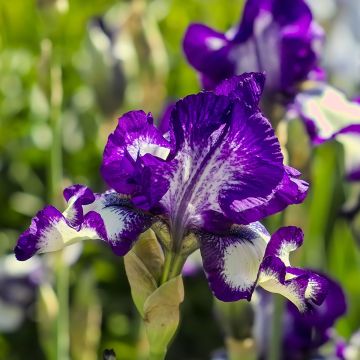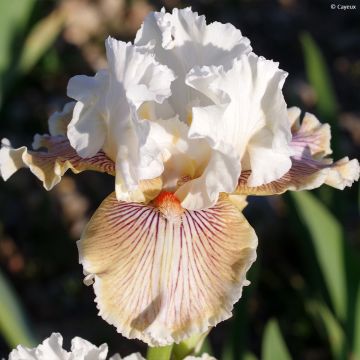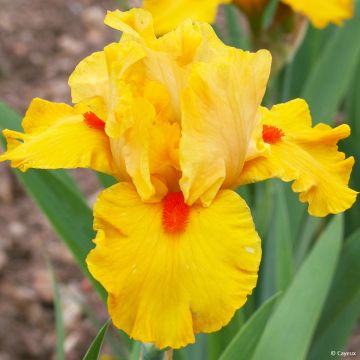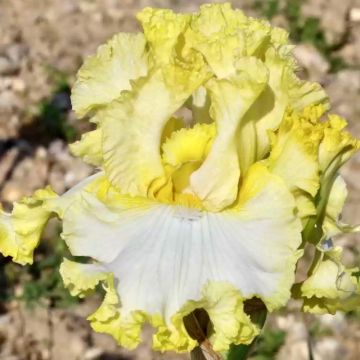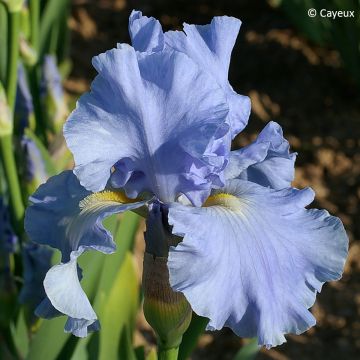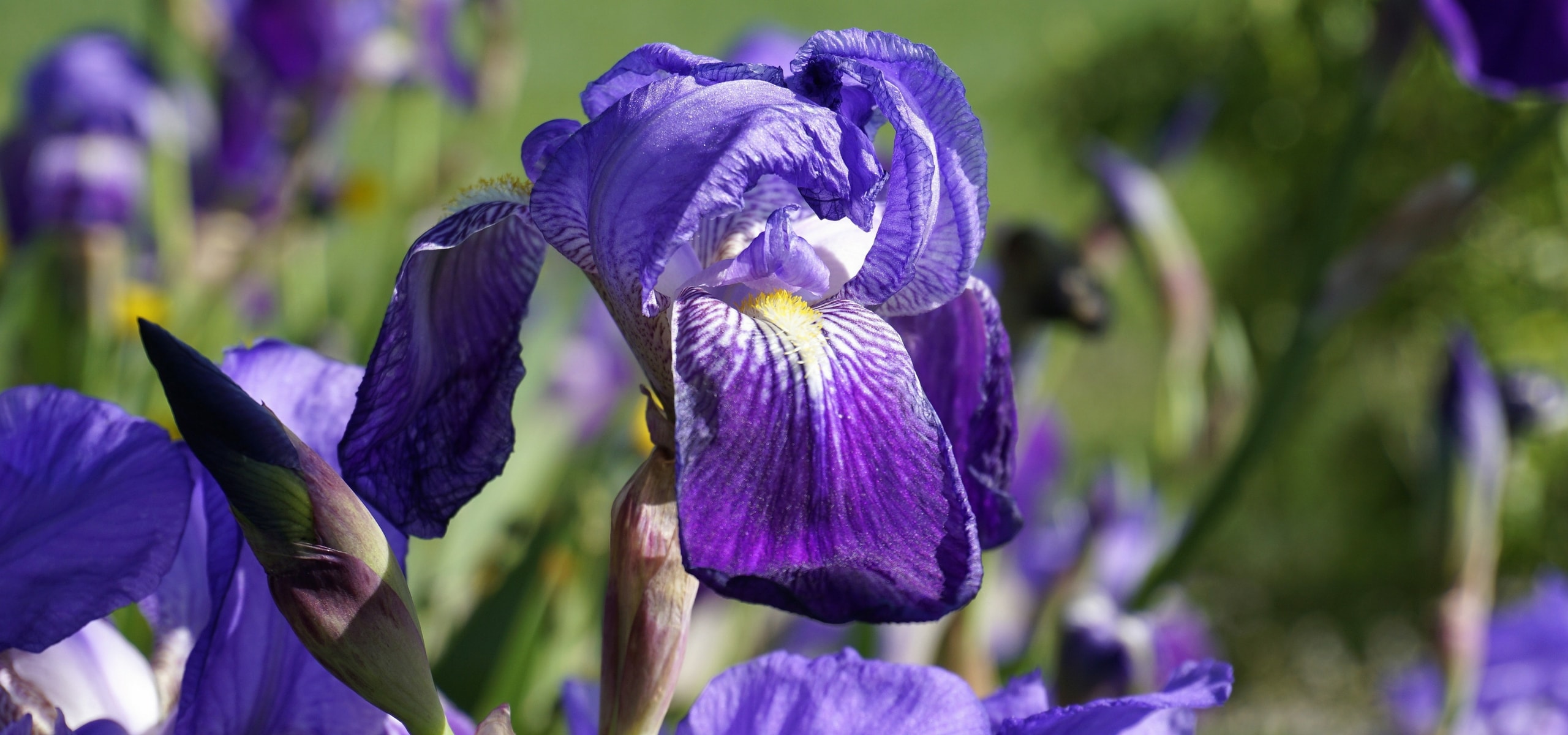
Iris germanica: how to plant them?
When, where and how?
Contents
German iris, also known as Garden iris or Iris germanica, is a plant that captivates us with its majestic spring flowering. It is the most commonly cultivated and comes in many varieties, allowing for a stunning range of colours. Its flowers are borne on elegant stems rising above clumps of elongated leaves.
Discover all our tips for properly planting bearded irises in the garden.
→ To learn everything about these irises, read Garden irises: planting, care.
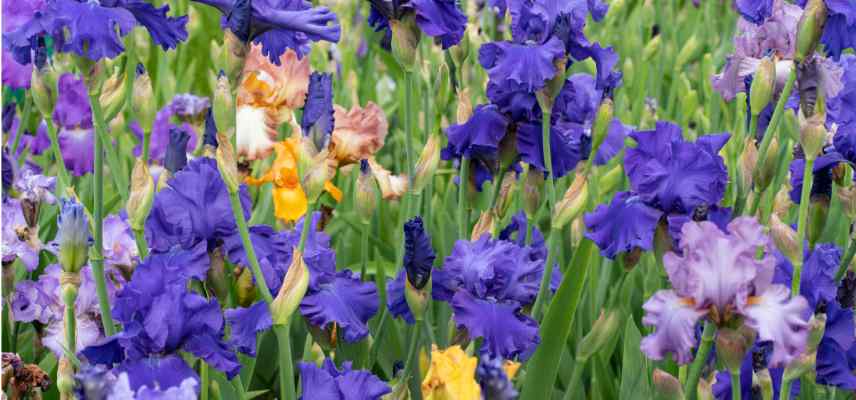
When to plant irises?
Iris should preferably be planted in summer and early autumn, between July and October, in still warm soil.
At this time, their rootstocks (the thick “roots”) are in a resting period, allowing the plant to settle in well before winter.
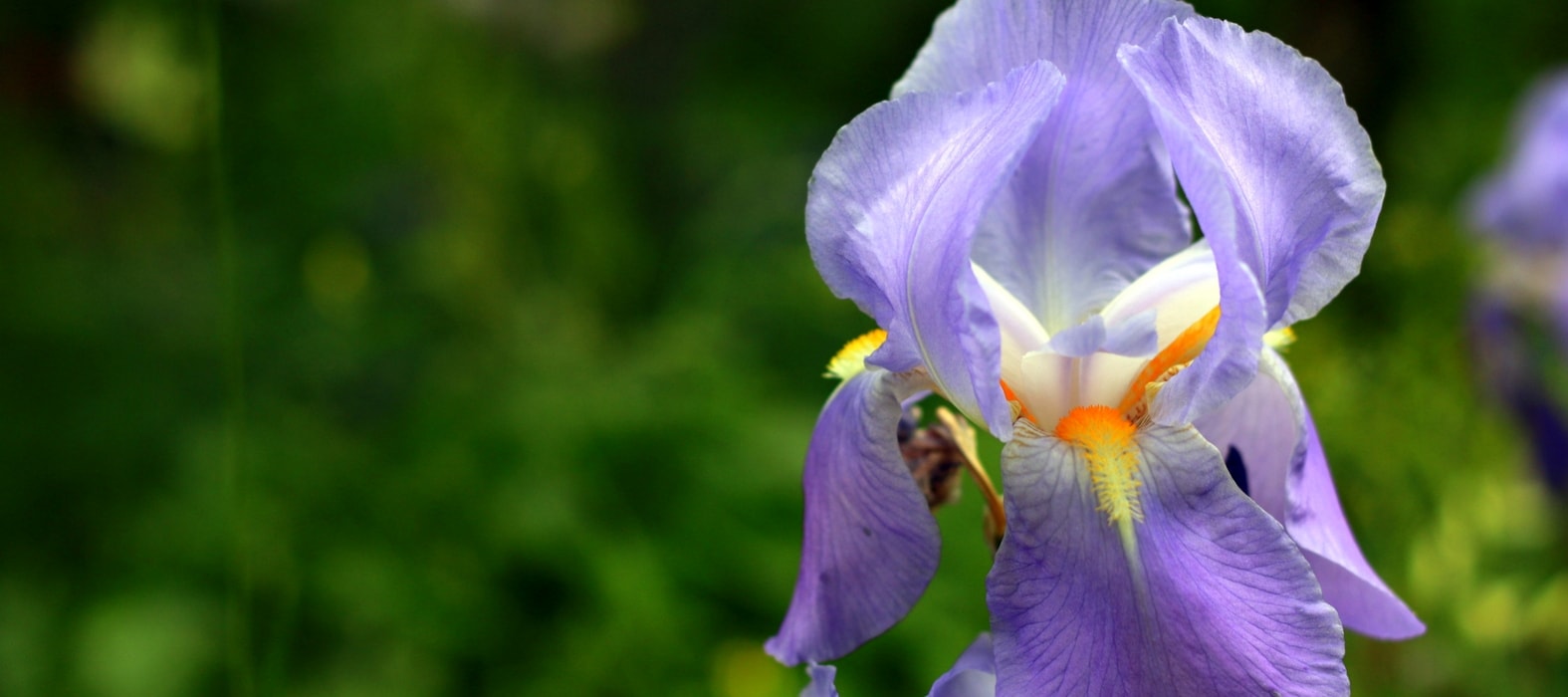
Read also
How to care for irises?Where to plant them?
Garden irises thrive in full sun, which ensures a beautiful flowering. They can grow in shade, but will not flower! Ideally, choose a location sheltered from the wind, especially for the taller varieties.
Plant them in dry, well-draining soil, as they dislike excess moisture that can cause the rootstocks to rot!
Avoid planting them in compacted soil. If your ground is heavy, loosen it sufficiently beforehand and add compost to the planting soil.
Irises prefer neutral or slightly calcareous soils.
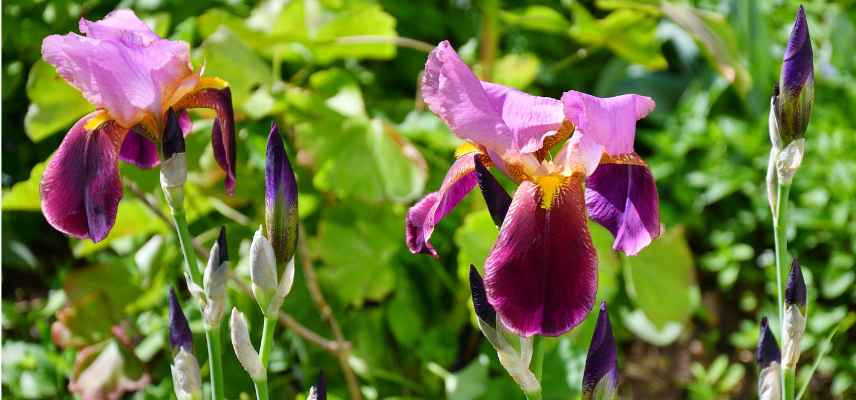
Discover other German Iris - Bearded Iris
View all →Available in 2 sizes
Available in 2 sizes
Available in 2 sizes
Available in 2 sizes
Available in 2 sizes
Available in 2 sizes
Available in 2 sizes
Available in 2 sizes
Available in 2 sizes
Available in 2 sizes
How to plant irises?
To successfully plant your irises:
- Start by preparing the soil carefully: weed if necessary, then loosen the soil with a fork to a depth of 20 to 30 cm;
- If your soil tends to retain water, add compost;
- Dig a wide hole and, in heavy and poorly draining soil, place a layer of gravel, then form a small mound of soil for each iris. The planting distances should be between 25 to 50 cm, depending on the varieties;
- Place the rhizome on this mound, ensuring it is half-buried: the upper part should slightly protrude above the soil level. In light and well-draining soil, planting on a mound is unnecessary, but the upper part of the bulb should still be flush and visible;
- Backfill the hole, gently firm it down, then proceed with a first watering to help the soil adhere to the roots;
- Water moderately until established. After establishment, be careful not to overwater, as irises tolerate drought well, and excess moisture could rot the rhizomes.
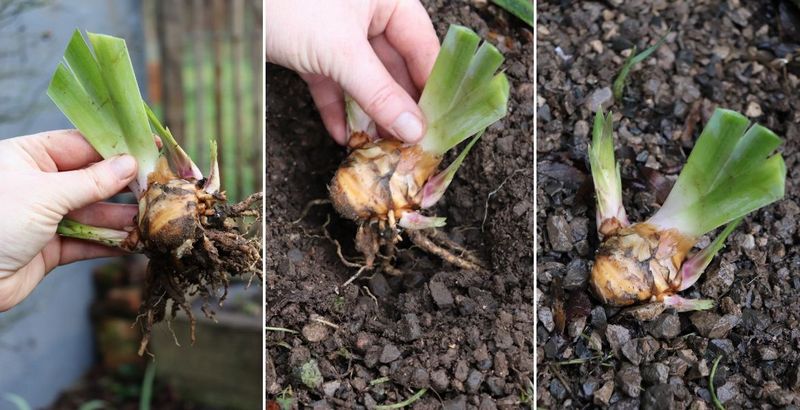
Planting an Iris germanica
Read also
Iris germanica: how to propagate them?Garden Iris care
Once planted, iris require little maintenance. Remember to remove yellowing leaves to prevent the spread of diseases. Every 3-4 years, divide the rootstocks to revitalise your young plants and encourage beautiful flowerings.
Be cautious of diseases: excessive moisture can cause rootstock rot. If this occurs, it is advisable to dig up the rootstock, cut away the rotten parts, and allow it to dry before replanting.
Iris germanica, garden iris or bearded iris?
Cultivated irises in gardens are rarely “pure” Iris germanica. They are rather the result of numerous hybridizations carried out by breeders between species originating from Europe, the Middle East, and North Africa. These hybridizations have led to the many varieties of beard irises that we know today, with their stunning colours and varied heights.
It would therefore be more accurate to refer to them as garden irises or beard irises to differentiate them from botanical species like true Iris germanica, which grows wild in certain regions of Europe. The term “beard” refers to the small tufts of hair (the “beards”) present on the petals of these flowers, which are a characteristic of this category of irises.
- Subscribe!
- Contents



































